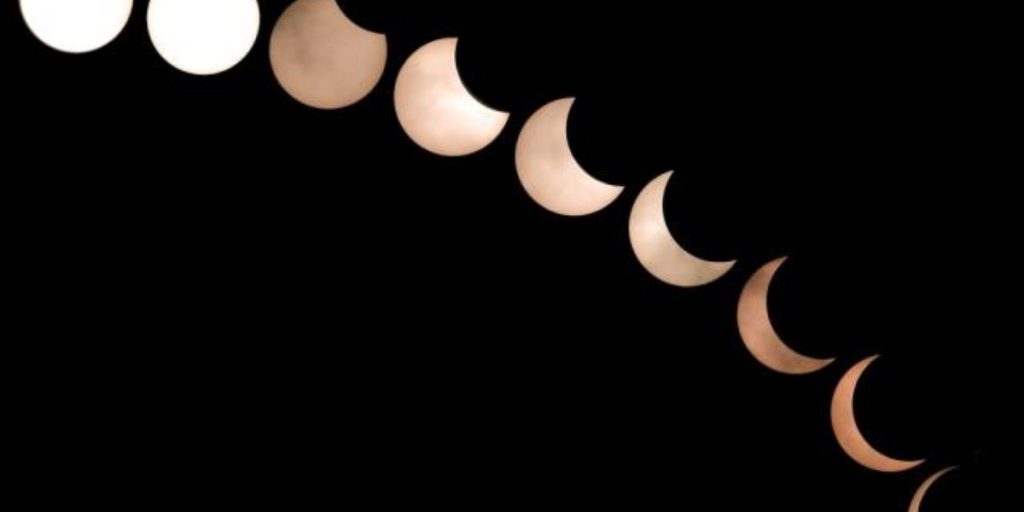We don’t need to remind you not to gaze directly at next Monday’s solar eclipse without protective eyewear, do we?
“Do NOT look at the Sun through a camera lens, telescope, binoculars, or any other optical device while wearing eclipse glasses or using a handheld solar viewer — the concentrated solar rays will burn through the filter and cause serious eye injury,” the agency states on its website.
“When watching a partial or annular solar eclipse directly with your eyes, you must look through safe solar viewing glasses (‘eclipse glasses’) or a safe handheld solar viewer at all times,” the website goes on to explain.

“Eclipse glasses are not ordinary sunglasses; conventional sunglasses, no matter how dark, are not suitable for seeing the Sun. Safe sun viewers are thousands of times darker and should meet the ISO 12312-2 international standard.”
The complete eclipse will occur between Texas and Maine. According to The New York Times map, Florida will not see totality throughout the display but will see between 70% and 50% from north to south. There won’t be another complete eclipse in the United States until August 23, 2044.
That will be so stunning that several schools want to let students out of class during the event, which will start at about 1:45 p.m. and last beyond 4 p.m.
The University of Florida intends to open its observatory, where the public will be able to observe the eclipse through telescopes for free. Experts will explain what is happening.